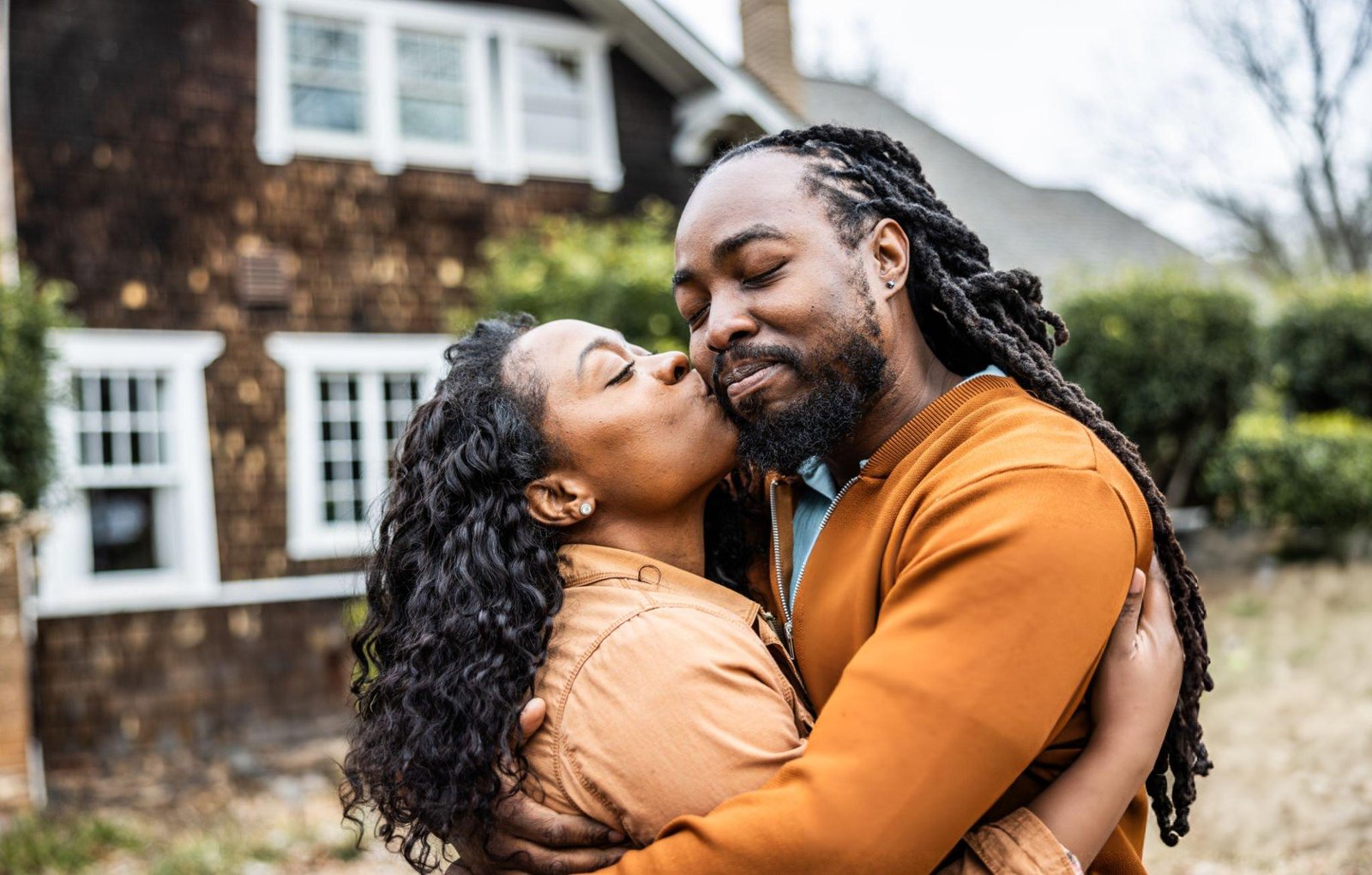Anxiety shows up in the small choices we make every day. For some, that might look like thinking through every word before saying it. For others, it means staying quiet to avoid starting tension. Noticing how often worry sneaks into communication patterns can be the first step toward changing them.
In many relationships, someone ends up holding back because they feel their emotions are too intense or too messy. Maybe one partner had a past where talking about fears wasn’t safe. Or maybe conflict in the relationship builds fast, making anything risky feel better left unsaid. Over time, these habits turn into patterns that are hard to spot. Both partners might start walking on eggshells—not because they don’t care, but because they care so much and don’t want to trigger a negative reaction.
Couples can end up repeating unspoken cycles. One person hides their anxiety to avoid conflict, while the other feels confused or shut out. Misunderstandings grow, and trust starts to weaken, even if love is still present.
The Role of Listening Without Fixing
Trust builds when people feel heard, not corrected. Worry doesn’t always need an answer. It just needs room to be named. But listening can be tough when our first reaction is to fix things. We might jump in with “Well, here’s what you should do,” thinking it helps. But fast solutions can send the wrong message—like the speaker’s feelings were too much, or that their discomfort was a problem to eliminate.
Listening without interrupting or offering feedback right away gives space for doubt, fear, or sadness to breathe. That’s often all someone needs in the moment. When one partner is truly present without rushing or judging, it becomes easier to speak the full truth.
On the flip side, the second someone feels dismissed—or worse, silenced—emotional safety drops. That makes it harder to share anything meaningful the next time around. And the stress of silence usually builds behind the scenes.
Creating a No-Blame Zone for Big Feelings
Some worries carry extra emotional weight. Maybe it’s fear of failure, confusion about the relationship, or past pain that’s never been talked about. These topics often stay hidden unless the space feels right.
Blame and correction close that space fast. If one person says how they feel and the other responds with criticism or defensiveness, the chance to connect fades. So many couples think they’re having “honest” conversations, when really they’re shutting each other down, without realizing it.
Setting clear guardrails for tough conversations can help. That might mean taking turns without interrupting, agreeing to use calmer tones, or simply asking “Do you want help or just a listener?” A therapist for relationship anxiety often models how these calmer, no-blame spaces feel so couples can use those tools on their own.
When both people trust that sharing a difficult emotion won’t be punished, it becomes easier to be honest without fearing shame or payback.
Why Fall is a Good Time to Reset Communication
Early fall offers a natural pause point that many couples can use to reconnect. In Oregon, the cooler air and shorter days tend to shift routines—people might stay home more, have quieter evenings, or look ahead to the holiday season. These changes bring time to reflect, especially after a fast-moving summer that didn’t always allow for deeper talks.
Many couples feel more tension surface around now, but that doesn’t have to be a bad thing. Time indoors means more chances to notice emotional distance and work on it before it stretches too far. Small efforts to reset the ways we talk to each other can go a long way this season.
A fall check-in doesn’t have to be formal. It might be as simple as saying, “Lately I’ve been feeling less connected and I don’t want us to start going through the motions.” That kind of honesty, especially when shared without blame, can open real change.
Letting Worry Be Part of the Conversation
A lot of the time, anxiety shows up in daily moments. One person worries about money. The other feels stuck in their job. Someone’s struggling with self-doubt or past experiences that resurface when things get quiet. Worries like these aren’t unusual, and they aren’t signs that something is broken.
What matters is how couples respond to each other’s concerns. When someone is able to say, “I’ve been carrying this fear lately,” and the other person responds with patience, that moment becomes less about the fear and more about connection. Slowly, little by little, each small conversation adds a layer of trust.
Making room for worry means recognizing that it’s part of life. It doesn’t need to go away before connection can happen. In fact, most healthy relationships grow stronger through shared concerns, not by avoiding them.
Building Steady Ground Together
Relationships don’t become more open by accident. They grow in warmth when both people feel they can bring their whole self into the room—doubts, worries, hopes, and all. When sharing isn’t met with judgment, real connection starts to feel possible again.
No single talk changes everything, and most couples need more than one try to get it right. But by paying attention, slowing down, and responding with care instead of defense, couples make space for something steady to grow. With thoughtful support, even long-held worries can lead to clearer conversations and a deeper sense of safety between partners.
At Mindful Mental and Behavioral Health PLLC, we understand how much pressure can build when anxiety keeps getting in the way of connection. Working with a therapist for relationship anxiety can create space for conversations that feel more open, supportive, and real.




